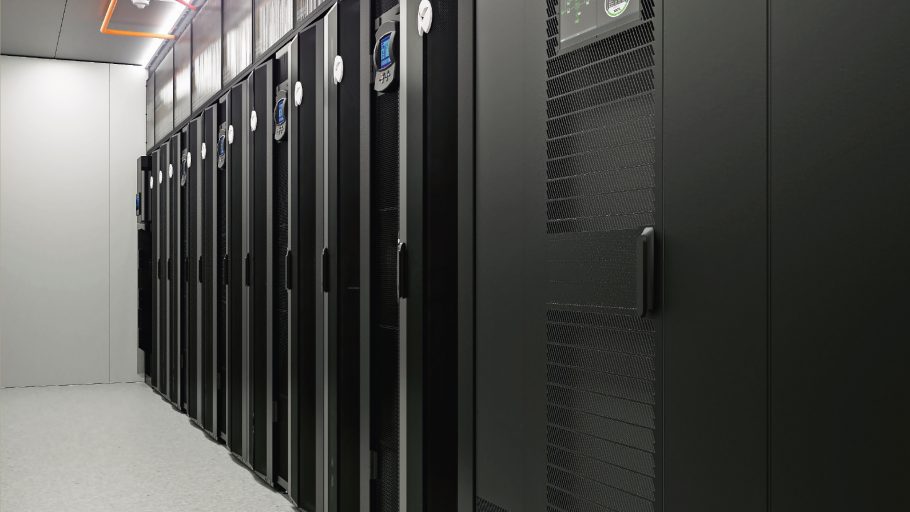The pandemic has changed how we live and work by scattering workforces, placing a premium on online collaboration tools and stressing networks in ways no one anticipated a year ago. This is happening at a time when the data center industry already was experiencing considerable disruption due to an aging workforce and talent gap, the introduction of innovative technologies and applications, and an increased awareness of energy consumption and sustainability.
It adds a layer of complexity to an already complex digital ecosystem, placing a premium on the expertise needed to not just navigate it all, but find a way to leverage the landscape in new and creative ways. The companies that endure through the pandemic and emerge stronger will be those that embrace the new normal and understand that connectivity and availability are indistinguishable.
The explosive growth at the edge of the network over the past five years set the stage for everything we’re seeing now: the shift toward hybrid computing models that leverage edge and cloud or colocation resources around a mission critical enterprise data center.
Speed, Sustainability at a Premium
These networks are increasingly global, stressing supply chains and making deployment speed and project timelines a new arms race of sorts. Speed is a critical differentiator as businesses rush to build out their networks and add capacity where it’s needed. With that in mind, modular solutions, often prefabricated on a factory floor, are a popular choice. These systems arrive on-site with a preassembled, integrated infrastructure capable of standing up in a matter of days—reducing buildout times by weeks compared to traditional stick builds. They provide other benefits as well: factory-controlled construction that increases reliability; repeatability of construction across regions, simplifying design and procurement; and most importantly, the ability to add capacity as needed rather than overprovisioning to meet uncertain demand.

That last point is important in an information ecosystem that is prioritizing energy efficiency and consumption along with sustainability more than it ever has. Globally, data centers consume about one percent of the world’s energy, and that number is likely to increase. Reducing that consumption lowers energy expenses and carbon emissions, and organizations are looking for ways to do both. Our customers are increasingly prioritizing sustainability in all aspects of their business, from small things like reducing packaging waste at sites through modular installations to larger efforts tied to increasing utilization rates and deploying more efficient power and cooling systems.

